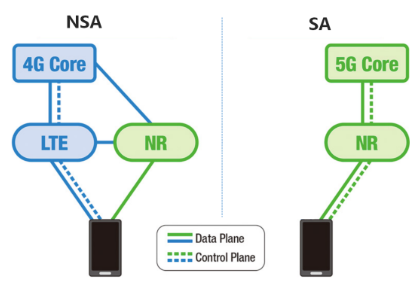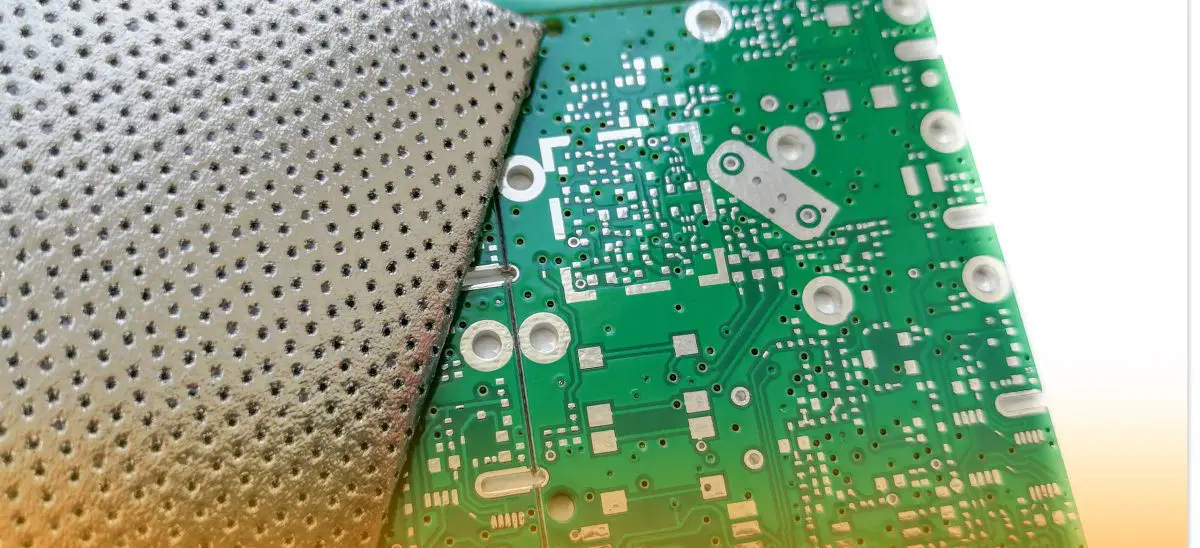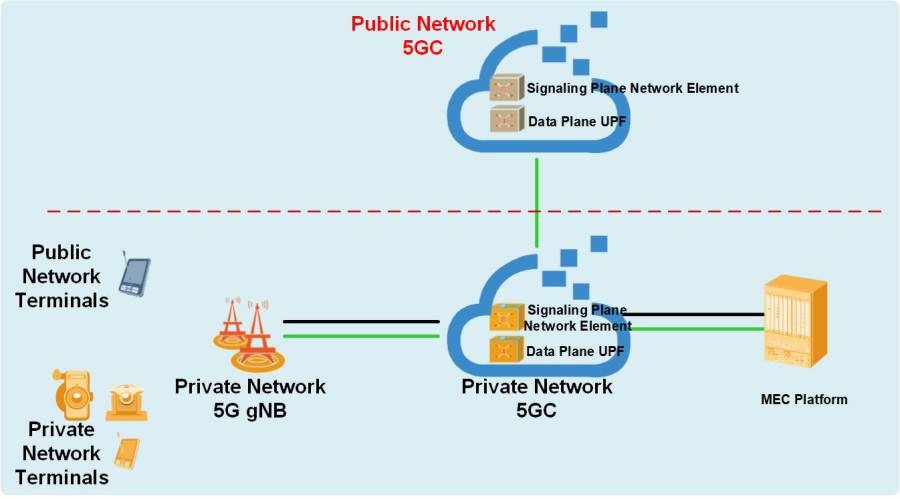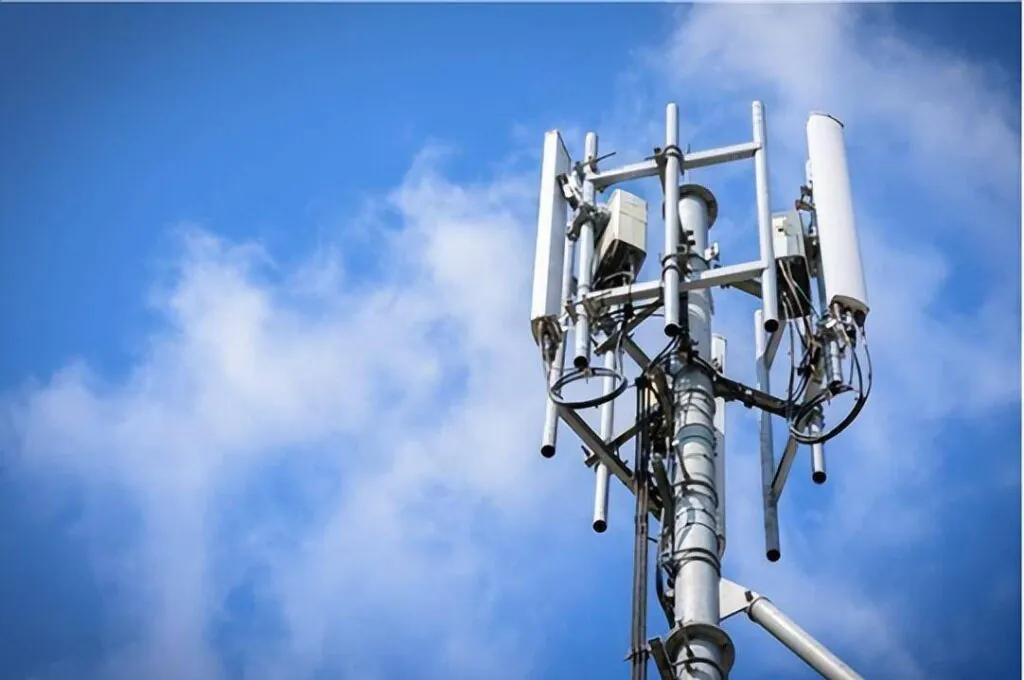With the rapid advancement of 5G, 5G RedCap (Reduced Capability) technology is emerging as a key enabler for next-generation IoT applications. Power consumption remains a critical challenge in IoT, particularly as 5G applications demand greater energy efficiency. This impacts device battery life, network efficiency, and operational costs. From industrial wireless sensors to video surveillance and wearable devices, many IoT devices are stationary or have limited mobility. Effective power-saving techniques simplify maintenance, enhance user experience, and extend battery life, especially for battery-powered wearables.
Power-Saving Technologies
The 3GPP has introduced several power-saving techniques for 5G RedCap IoT devices, focusing on frequency, time, spatial, and computational resources. Below are the primary methods standardized for RedCap terminals.
DRX, eDRX, and WUS
IoT data transmission is often intermittent. To reduce power consumption, 3GPP developed discontinuous reception (DRX) mechanisms, allowing devices to enter low-power "sleep" modes when idle.
- DRX (Discontinuous Reception): Devices operate on DRX cycles with active "on" periods to check for tasks and "off" periods for sleep. If no data is scheduled, the device remains in a low-power state, reducing energy use.
- eDRX (Extended DRX): Extends DRX cycles for devices in RRC_IDLE (up to 3 hours) and RRC_INACTIVE (up to 10.24 seconds) states, enabling longer sleep periods and greater power savings.
- WUS (Wake-Up Signal): For devices in RRC_CONNECTED state, WUS indicates whether a device needs to wake up for data scheduling in the next DRX cycle. If no data is expected, the device skips monitoring, further lowering power consumption.
RedCap¡¯s relaxed latency and reliability requirements, compared to eMBB or uRLLC, make eDRX and WUS viable. However, longer DRX cycles may increase downlink latency, requiring a balance between power and performance.
Cross-Slot Scheduling
In 5G NR, the PDCCH control channel schedules PDSCH/PUSCH data channels with time gaps (K0 and K2) signaled via DCI. Without cross-slot scheduling, devices must buffer all data until DCI is decoded, wasting energy on irrelevant data.
Introduced in 5G R16, cross-slot scheduling allows a gap of N slots (N>0) between PDCCH and PDSCH/PUSCH. This gives devices time to decode DCI and receive only relevant data, reducing buffering. Devices can also enter a "micro-sleep" mode during the gap, saving additional power. This is ideal for RedCap devices with relaxed latency needs.
UE Assistance Information (UAI)
While the network controls most RedCap device behavior, 3GPP allows devices to send UAI to suggest optimizations, such as when traffic is low or battery is limited. UAI may include preferences for DRX settings, bandwidth, MIMO layers, or RRC state. The base station can adjust configurations to reduce power consumption, improving device longevity and network efficiency.
RRM Measurement Relaxation
Devices in RRC_IDLE and RRC_INACTIVE states frequently perform RRM measurements to monitor signal strength (RSRP) and quality (RSRQ) of serving and neighboring cells. For stationary or low-mobility IoT devices, these measurements are often unnecessary, consuming battery power.
In R16, 3GPP introduced RRM measurement relaxation for low-mobility or non-cell-edge devices, allowing reduced neighbor cell measurements by extending measurement intervals. R17 further extended relaxation periods for RedCap devices and applied similar mechanisms to RLM and BFD in RRC_CONNECTED states, minimizing power use.
Paging Early Indication (PEI)
In RRC_IDLE and RRC_INACTIVE states, devices monitor paging messages, requiring synchronization and RRM measurements via SSBs (sent every 20 ms). This keeps devices active longer, increasing standby power consumption.
R17 introduced PEI, grouping devices and associating PEI occasions with paging occasions (POs). Devices only monitor POs if their PEI indicates paging; otherwise, they skip monitoring and stay in sleep mode. PEI requires fewer SSBs than direct paging, reducing power by 10-30% in idle states.
PDCCH Skipping
Many IoT devices, like smart meters, transmit data infrequently (e.g., monthly). Constant PDCCH monitoring wastes power and network resources. R17¡¯s PDCCH Skipping allows the network to inform devices of extended data-free periods, during which they can skip PDCCH monitoring and remain in sleep mode, significantly reducing power consumption.
Efficient Power Consumption Testing
As 5G RedCap matures, nearly 100 commercial RedCap devices are available, incorporating various power-saving techniques. Testing these devices is critical to evaluate their power efficiency.
A comprehensive testing solution uses the R&S CMX500 communication tester and R&S NGM/NGU DC power supplies. The CMX500 emulates a base station, providing network signaling and configuring power-saving features to verify device support. The NGM/NGU supplies power and measures consumption under different configurations, quantifying the impact of each power-saving technique.
The CMX500 supports 5G NR (FR1, FR2, NSA, SA, RedCap, NR NTN), LTE, and Wi-Fi (including Wi-Fi 7), ensuring robust testing. The NGM/NGU power supplies offer high precision for applications in 5G, IoT, embedded systems, and more, enabling accurate power measurements.
 ALLPCB
ALLPCB







